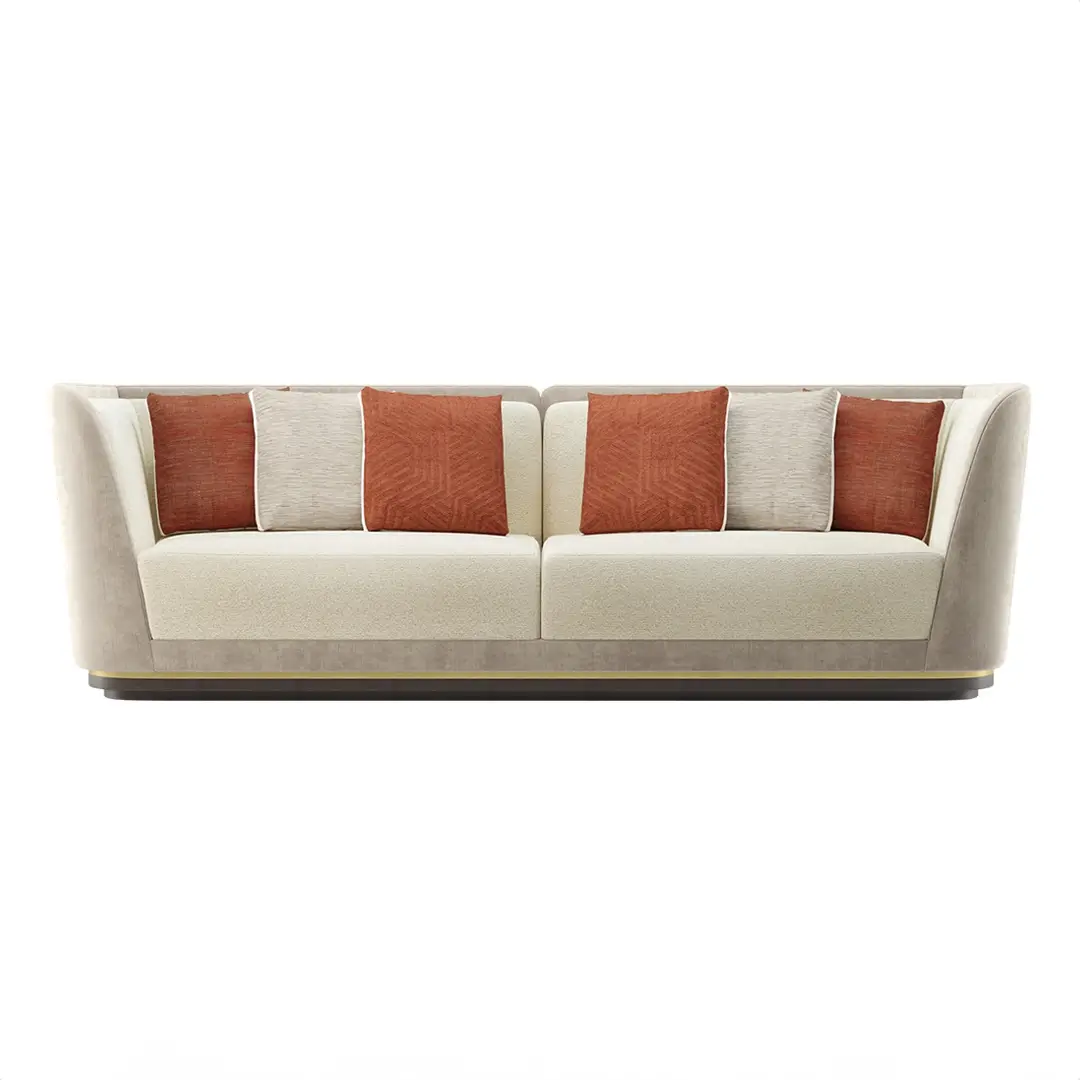


Marshall Kilburn Portable Wireless Speaker
$36.78 – $56.99
Sold By: Go Pro
- Unrestrained and portable active stereo speaker
- Free from the confines of wires and chords
- 20 hours of portable capabilities
- Double-ended Coil Cord with 3.5mm Stereo Plugs Included
- 3/4″ Dome Tweeters: 2X and 4″ Woofer: 1X


.jpg)

.jpg)
.jpg)
.jpg)
.jpg)
.jpg)
.jpg)
.jpg)
